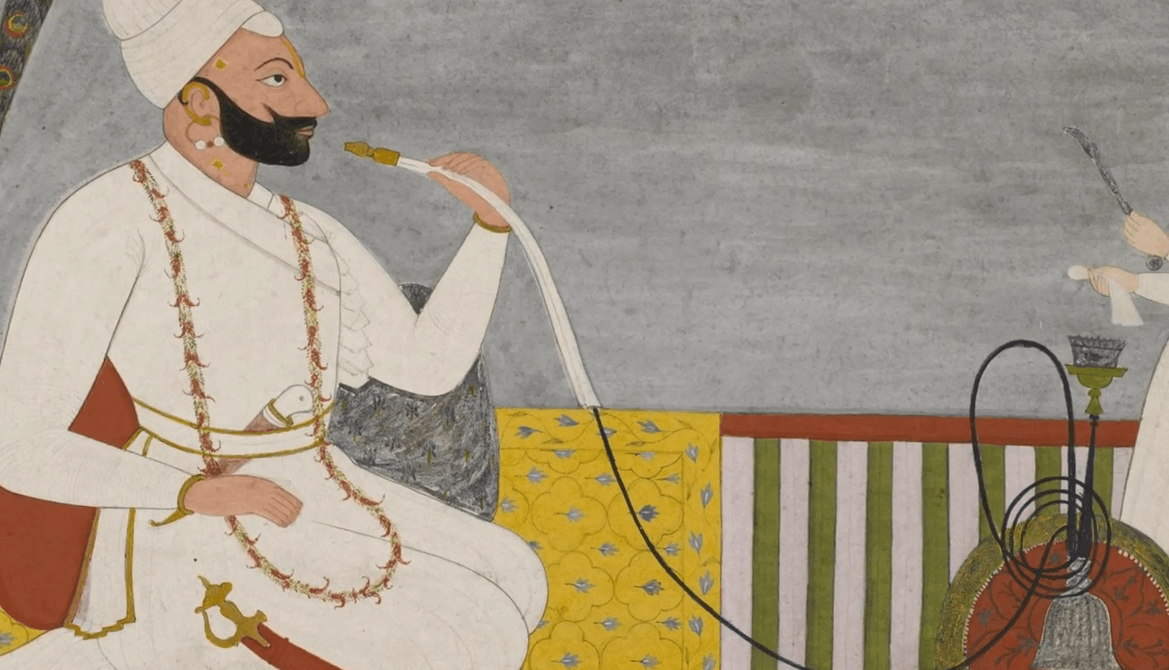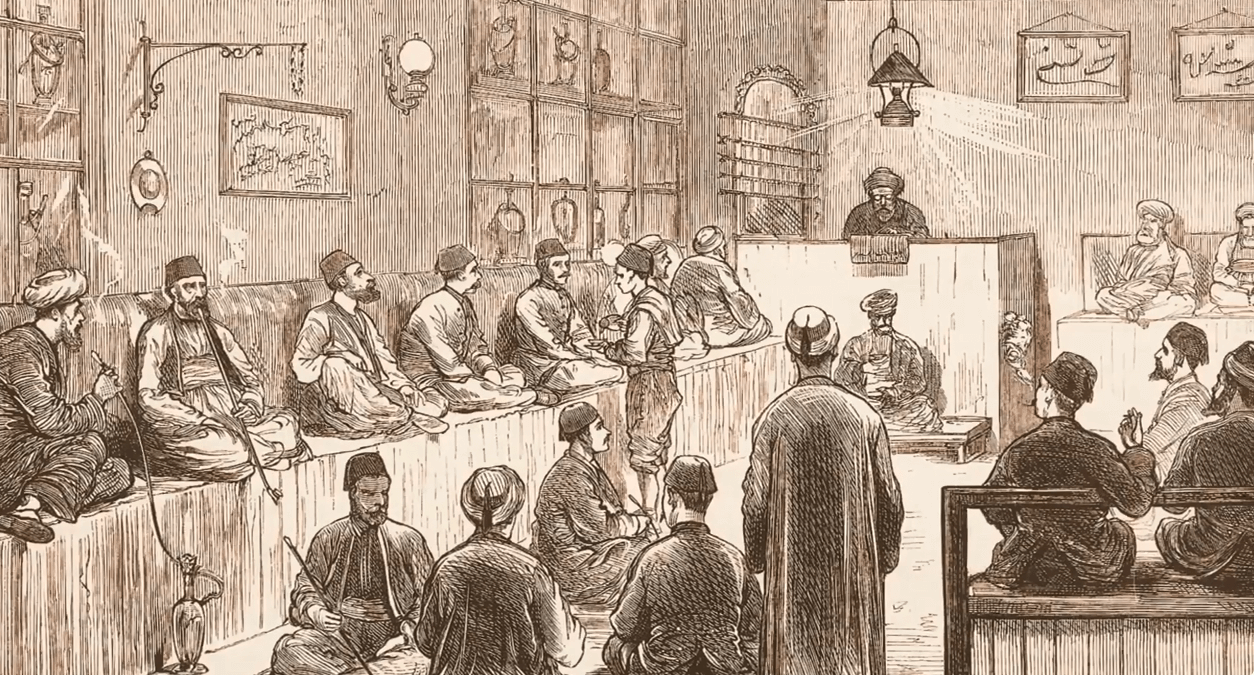Though many young people are curious about its roots, hookah culture has grown in popularity in the United States. Although Americans tend to think of the Middle East when they think of hookah, the 16th century saw its invention in India. Later it was introduced to Arabia, Persia, Turkey, and other Middle Eastern countries. It may be claimed that hookah embodies the rich cultural traditions around tobacco from Turkey, Arabia, and India. Its distinct appeal also transcends national and geographical boundaries. These days, smoking tobacco in this age-old manner has gained popularity worldwide and is seen as a stylish social activity. So I am posting this blog post today to talk to you about when hookah was invented.

Who invented hookah?
The original types and designs of hookah that we are familiar with today originated in India during the 16th century. The earliest documented usage of hookah is believed to have occurred in Bodhgaya, with the introduction of tobacco in the mid-16th century. The elite rapidly embraced tobacco, necessitating the development of novel smoking methods.
Glass production gained popularity in India during the era of the British East India Company. Akbar’s physician, Hakim Abu Fateh al-Jilani, developed a water-filled glass base to filter smoke due to the material’s expanding use. The first hookah was invented by Hakim Abu Fateh al-Jilani, according to historical accounts. Glass’s introduction accelerated the rapid dissemination of hookah.
By the 17th century, hookah smoking had become ingrained in Persian culture. However, the style and design of hookahs in Persian culture differed significantly from those in India due to cultural distinctions. These alterations, together with modifications in style and appearance, contributed to the development of the modern shisha industry.

How did hookah spread around the world?
The hundreds-year-old hookah has its roots in India and the Middle East. At first, it was only applicable to the starting point. But after the Silk Road was opened, hookah became popular in Western countries. As they traveled through Central Asia and into the Arab world, traders from the East brought this distinctive tobacco culture with them. Here, shisha has been very well developed and has become a way to entertain guests.
Turkey received hookah culture from the Ottoman Empire, and it was there that it evolved and flourished. The Turks refined the hookah and included it in their social and tea-drinking rituals. Moreover, Hookah started to go eastward at the same time that colonial trade increased, reaching Southeast Asian and Indian nations.
After the 19th century, with the expansion of the footprints of European colonists, hookah gradually entered the upper class of Europe. It became a fashionable oriental culture. In the following years, hookah gradually became popular in big cities in Europe and North America, becoming a new way of leisure.

When did hookah become popular in the United States?

Hookah began to acquire popularity in the 1960s with the rise of American youth culture. An increasing number of young people intrigued by Eastern culture are experimenting with hookah and popularizing it. Simultaneously, some restaurants began providing hookah services.
However, the rise of the Internet in the twenty-first century is largely responsible for the popularity of hookah in the US. A lot of information about hookah wholesale is introduced on video websites like YouTube, which has piqued the interest of many young Americans. They share their shisha experiences online as content providers in addition to being consumers.

Currently, hookah services are available in restaurants and nightclubs in all major American cities. Some company owners have initiated hookah takeaway services to extend hookah culture into households. It can be said that hookah has gradually integrated into American culture

